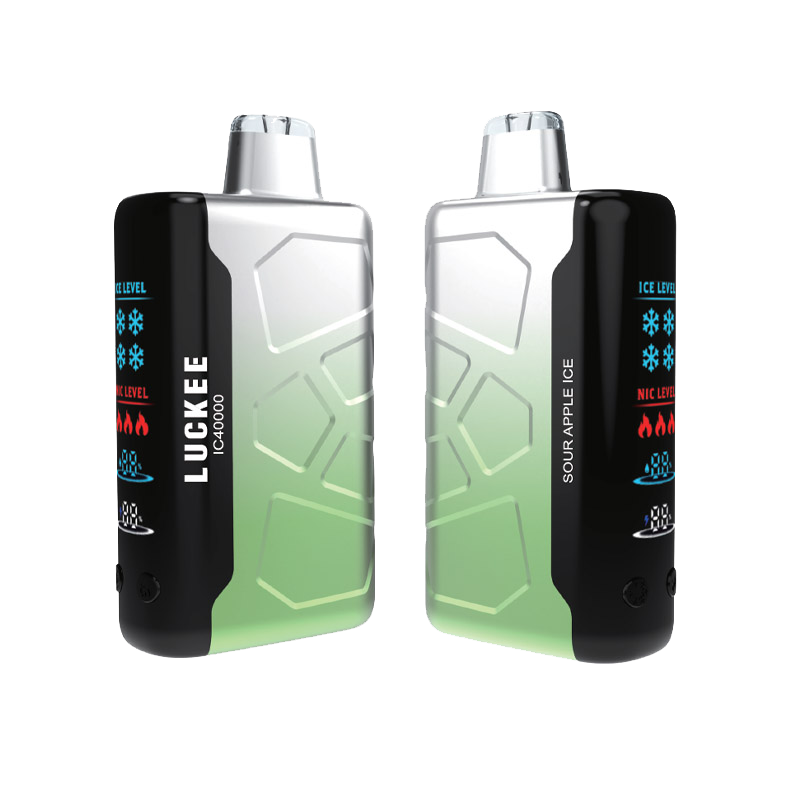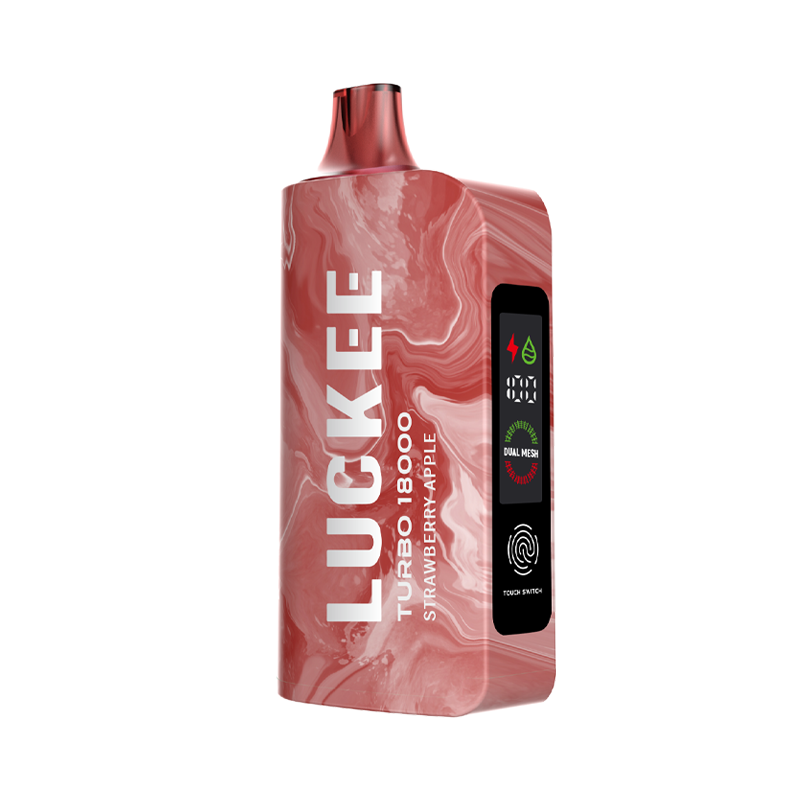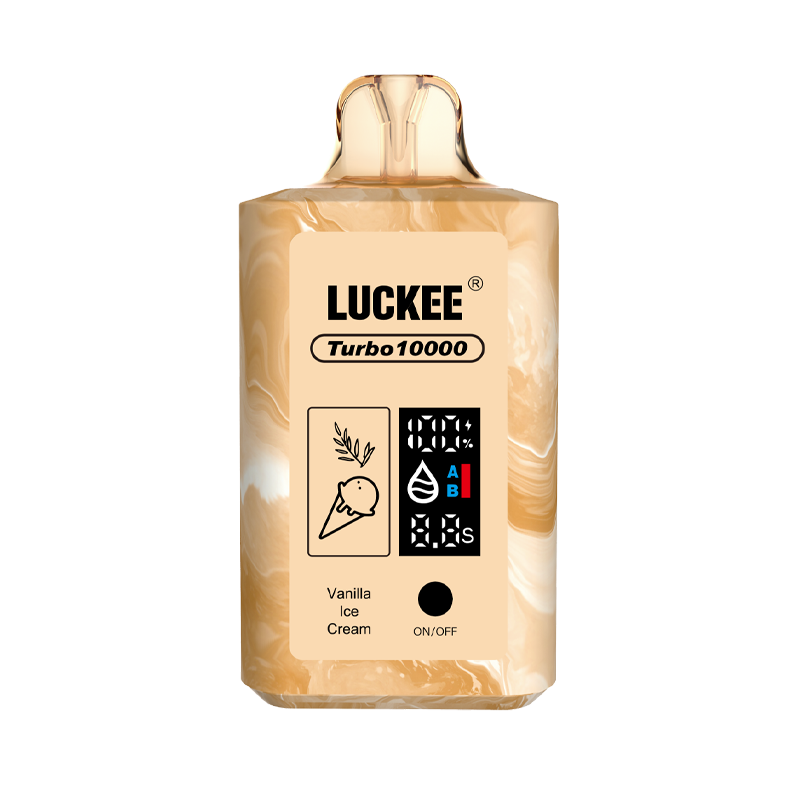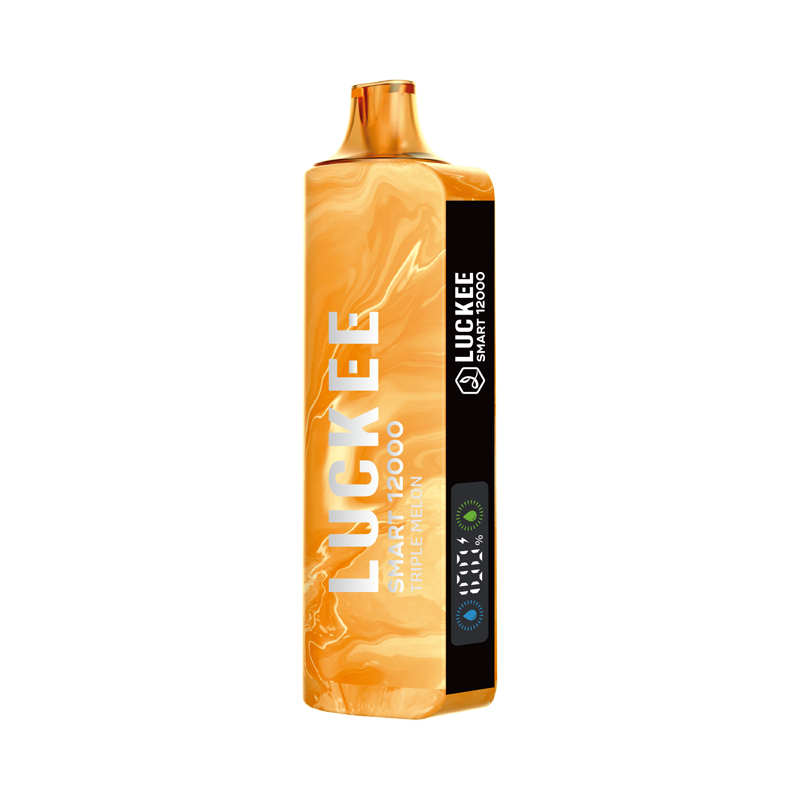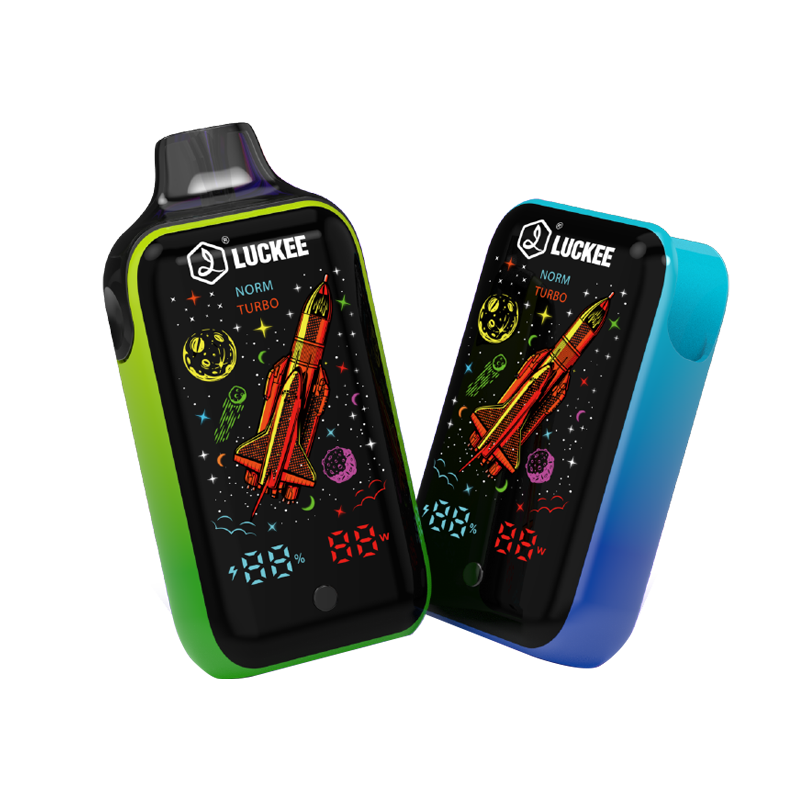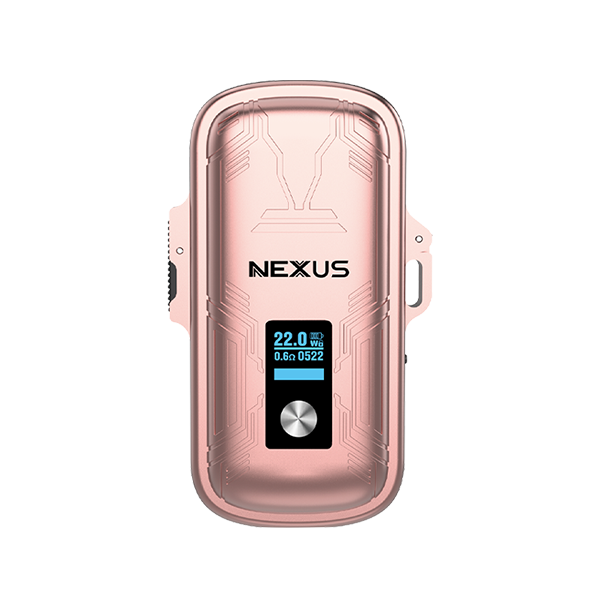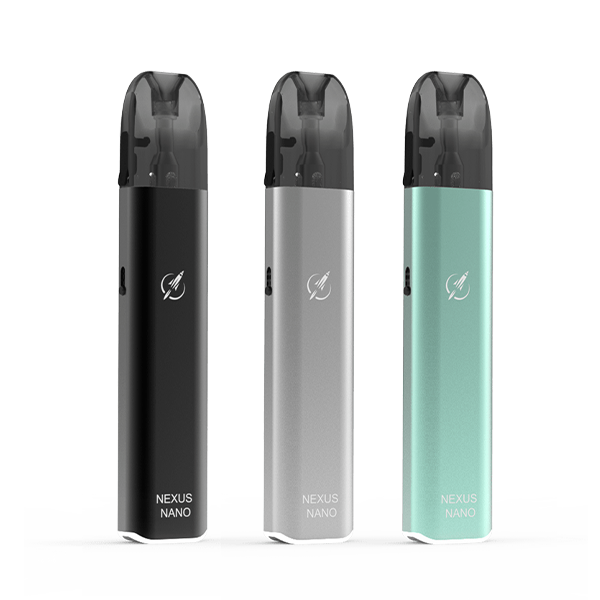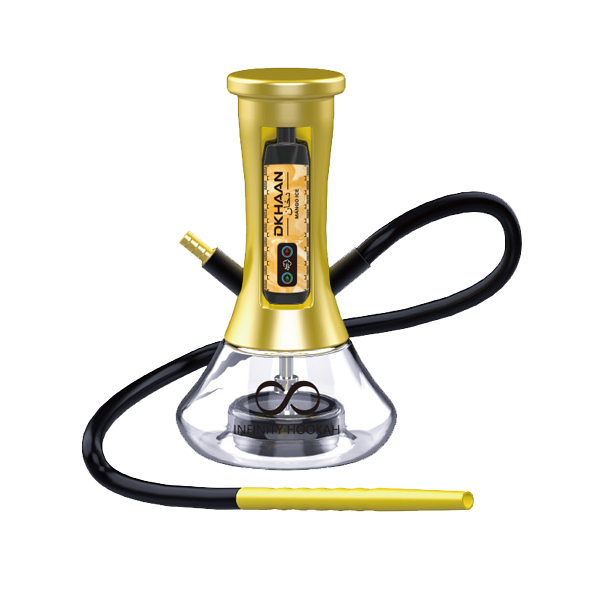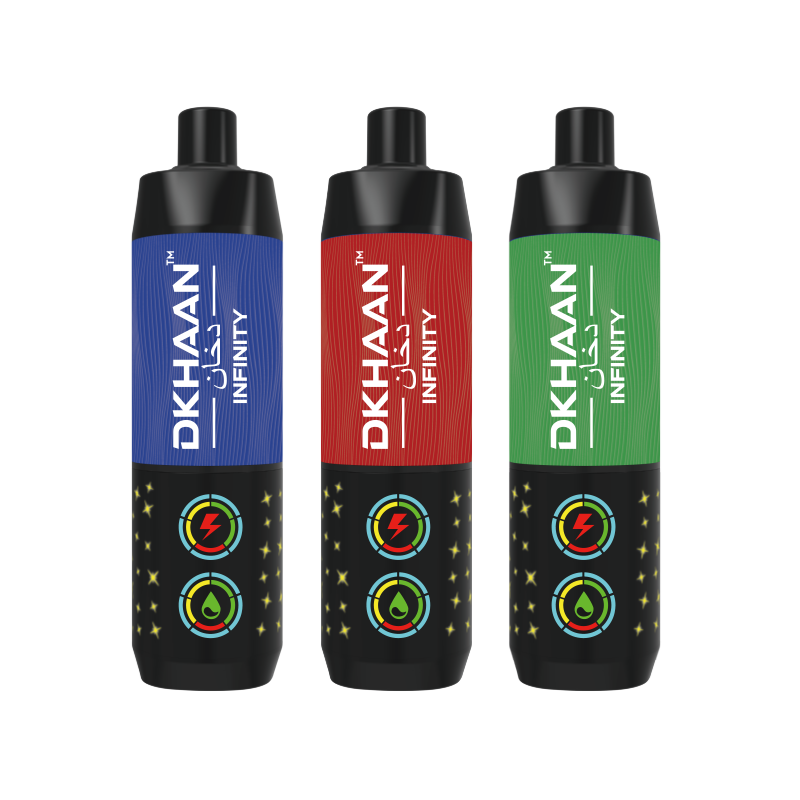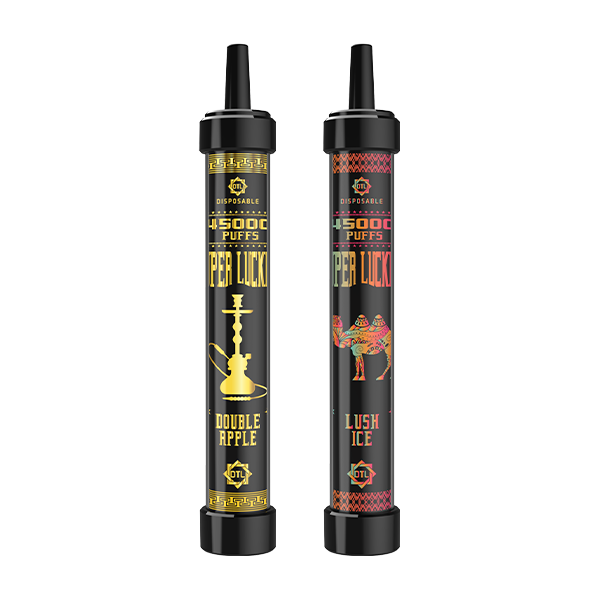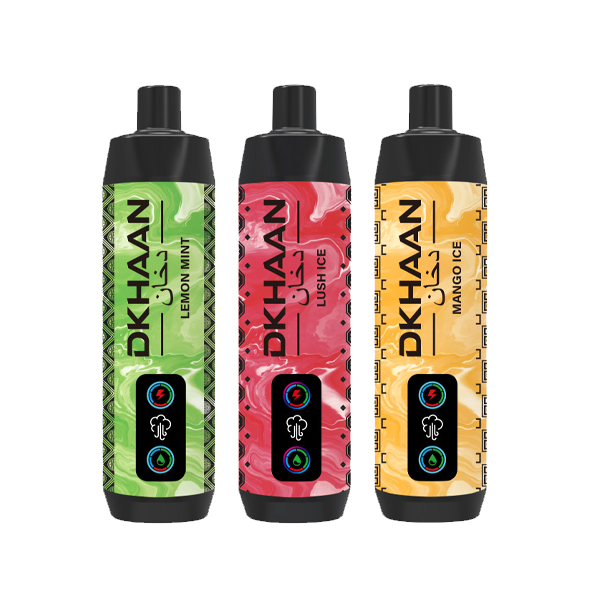How to Vape Safely: A Practical Guide
As vaping continues to grow in popularity as a smoking alternative, one question stands out: how can you vape more safely? Whether you’re just starting out or have years of experience, adopting smart habits can reduce potential risks and help you enjoy a smoother, more satisfying vaping experience.
Below is a set of practical, evidence-based tips covering device care, e-liquid choices, inhalation techniques, and overall safety.
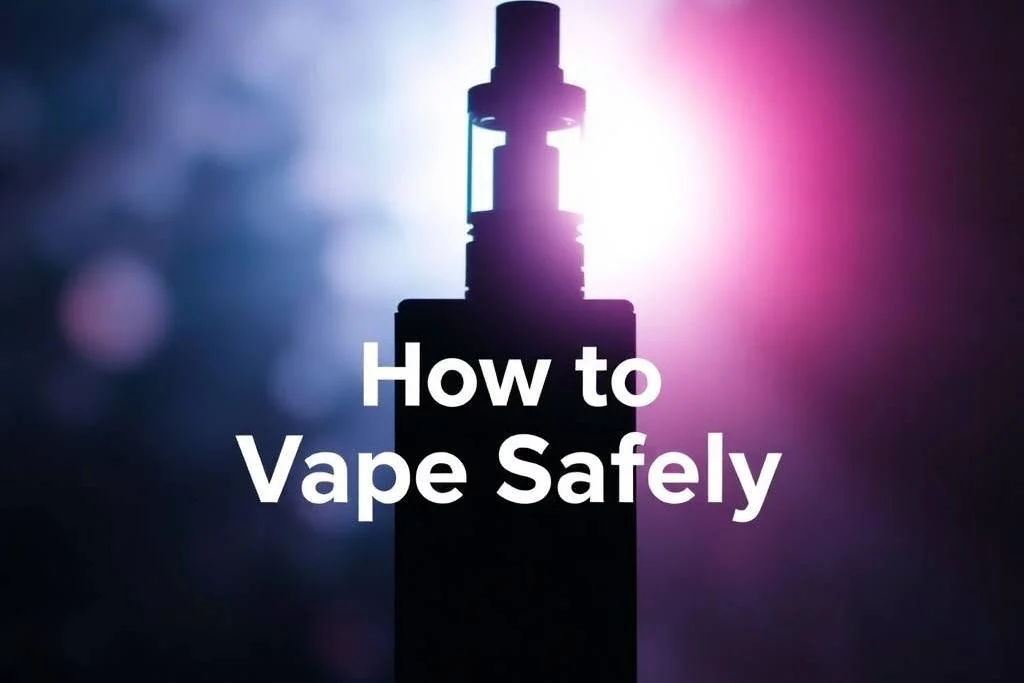
1. Choose Trusted Brands and Products
Your safety starts with the products you use.
-
Buy only from licensed, reputable manufacturers or authorized retailers.
-
Avoid counterfeit or unregulated imports—they may contain unsafe materials or lack quality control.
Look for:
-
Devices with recognized safety marks (e.g., CE, RoHS)
-
E-liquids with ingredient transparency and lab testing
-
Clear labeling of nicotine content and origin
2. Understand Nicotine Strength
Nicotine levels vary greatly between products:
-
Beginners should start with 3–6mg/mL for freebase nicotine.
-
High-strength nicotine salts (20mg/mL+) should be reserved for heavy smokers transitioning to vaping.
Too much nicotine can cause dizziness, headaches, or even nicotine poisoning.
3. Master Proper Inhalation
The way you inhale affects both comfort and safety:
-
Mouth-to-lung (MTL): Best for high-nicotine e-liquids—slower, cigarette-like draw.
-
Direct-to-lung (DTL): Suited for low-nicotine, high-VG liquids—faster, fuller inhale.
Take slow, steady puffs to avoid coil flooding, overheating, or throat irritation.
4. Keep Your Device Clean and Maintained
Dirty devices can reduce performance and harbor bacteria.
Routine maintenance includes:
-
Cleaning the mouthpiece and tank weekly
-
Replacing coils every 1–2 weeks or when flavor drops
-
Keeping battery contacts clean and dry
5. Store Devices and E-Liquids Safely
-
Keep all vaping products out of reach of children and pets—nicotine is toxic if ingested.
-
Store away from heat and direct sunlight to prevent degradation or pressure build-up.
-
Always use child-proof caps and avoid storing e-liquids near food or drinks.
6. Avoid Unsafe Modifications
Stick to manufacturer specifications. Altering wattage limits, resistance, or safety features can cause battery failure, overheating, or chemical leaks.
7. Watch for Overuse or Allergic Reactions
Listen to your body—common warning signs include:
-
Dizziness, nausea, or rapid heartbeat
-
Mouth sores or throat irritation
If symptoms persist, reduce nicotine strength, switch e-liquid brands, or seek medical advice.
8. Respect Public Spaces and Laws
Vaping may be more socially accepted than smoking, but many public spaces ban it. Follow local regulations and avoid exposing others to second-hand aerosol.
9. Avoid Vaping if Pregnant or Underage
Nicotine exposure can harm brain and lung development in unborn babies and adolescents. Follow age restrictions (typically 18 or 21, depending on location).
10. Stay Updated on Regulations and Recalls
Vaping laws change quickly. Stay informed about:
-
Flavor bans
-
Product recalls
-
Ingredient restrictions
This ensures you remain compliant and avoid potentially unsafe products.
Final Thoughts
Vaping safely is about more than just the device—it’s about habits, awareness, and responsibility. Choosing quality products, caring for your equipment, and listening to your body are the best ways to reduce risks and make your vaping experience enjoyable and sustainable.
If you’re ever in doubt about a product or experience unusual symptoms, consult a healthcare professional before continuing use.

